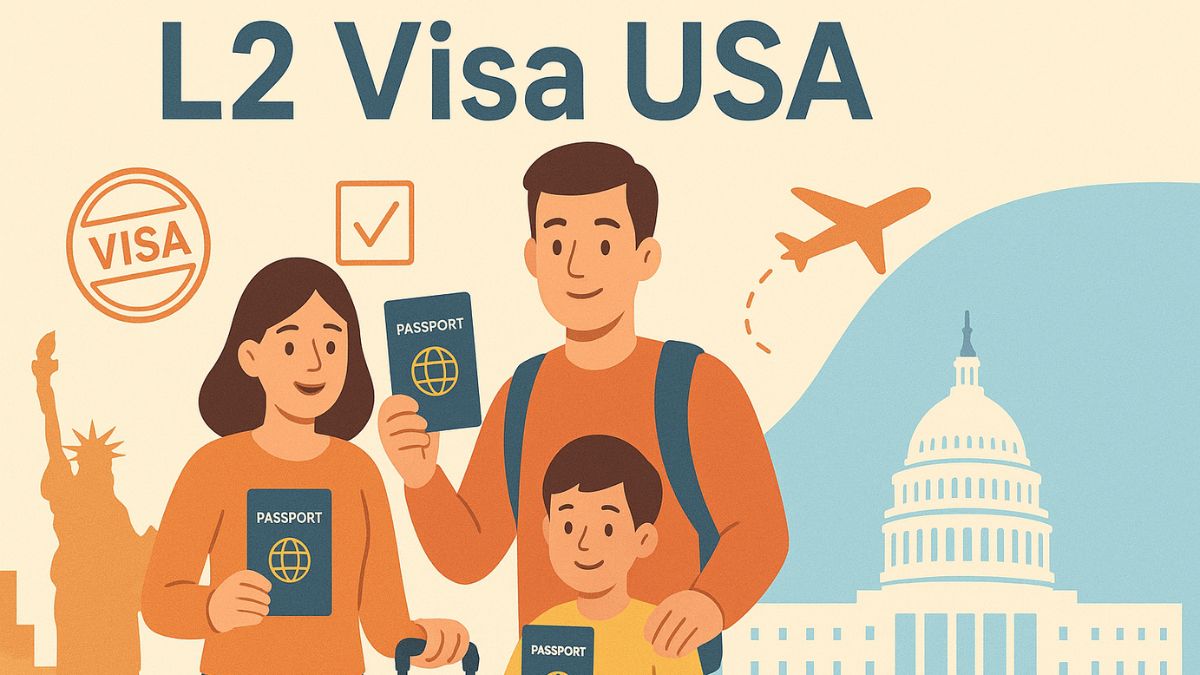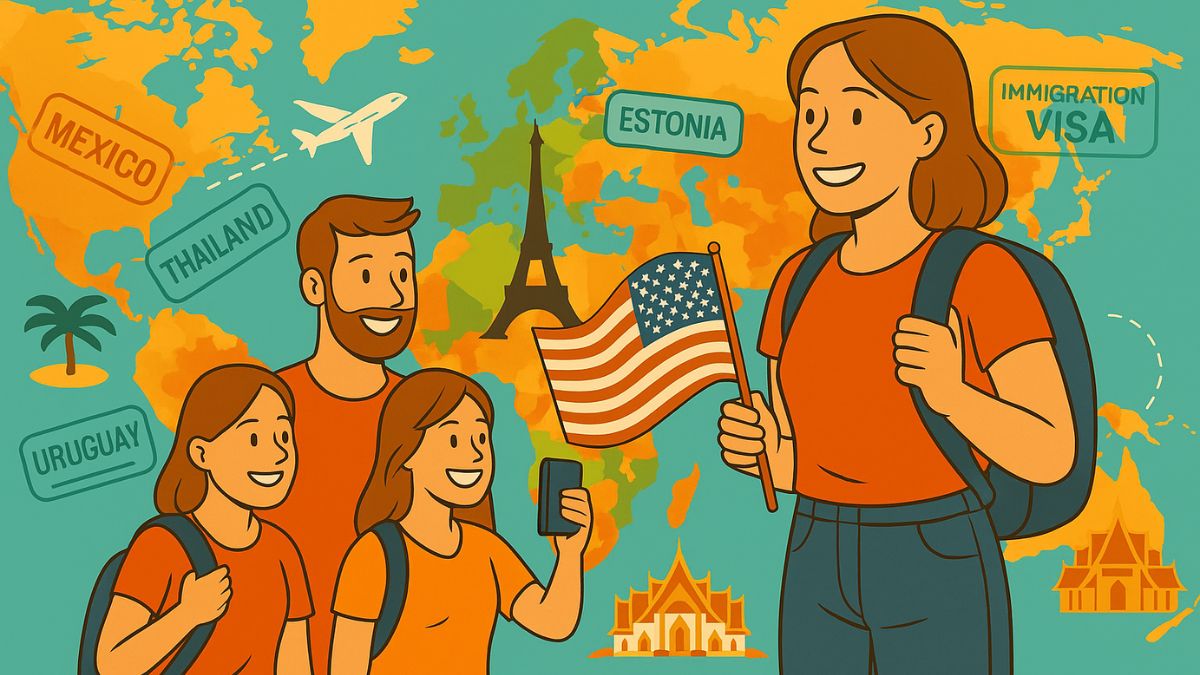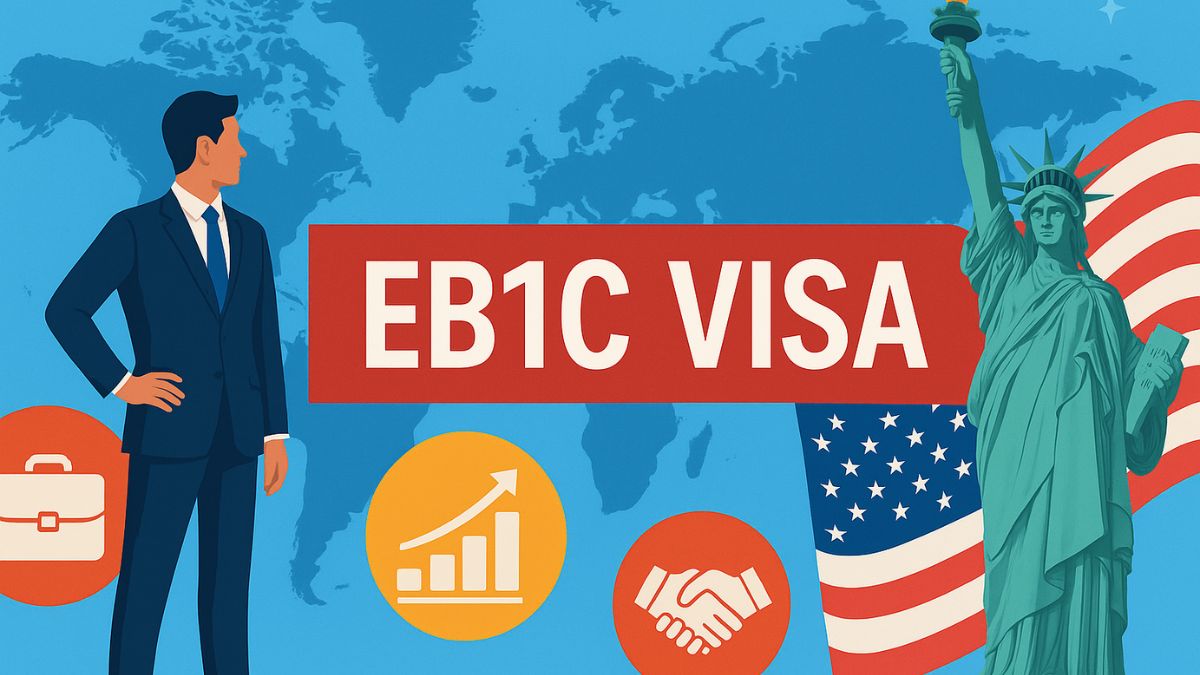
- December 28, 2024
- Heisenberg
- 0
The landscape of U.S. immigration policies has witnessed notable shifts in recent years, reflecting both political and societal changes. These updates are often driven by evolving priorities regarding national security, economic needs, and global migration trends. For individuals navigating the immigration process, staying informed about these developments is crucial.
From visa requirements to asylum regulations, the U.S. continues to adapt its immigration policies to address new challenges. In this blog, we will break down some of the key changes that have emerged, offering a clear overview of how these updates may impact those seeking to enter the U.S.
Recent Changes in U.S. Immigration Policy
The past few years have brought a series of policy adjustments, many of which have sparked debates over their impact on both immigrants and the U.S. economy. While certain policies aim to tighten border security or restrict specific pathways, others seek to address labor shortages or enhance the visa application process. Below, we explore some of the most significant recent changes and their implications for prospective immigrants.
1. Public Charge Rule and Visa Denials
One of the most significant policy shifts in recent years has been the implementation of the “public charge” rule, which redefines how the U.S. evaluates immigrants’ likelihood of becoming dependent on government assistance. This rule, finalized under the Trump administration and upheld by the Biden administration, places greater emphasis on an immigrant’s likelihood of self-sufficiency as part of the visa application process.
| Visa Type | Impact |
| Family-Based Visas | Increased scrutiny for financial stability criteria |
| Employment-Based Visas | Greater emphasis on economic self-sufficiency |
| Green Cards | Stricter eligibility requirements for public benefits |
The rule has led to increased visa denials for applicants who may have used public benefits or are perceived as likely to do so in the future. However, its enforcement varies depending on the applicant’s circumstances and visa category.
2. H-1B Visa Reform and Selection Process
The H-1B visa program, crucial for highly skilled foreign workers, has also undergone significant changes. The Trump administration implemented reforms aimed at prioritizing applicants with the highest salaries and degrees from U.S. institutions. These changes were designed to ensure that the visa primarily benefits highly skilled professionals and reduces what was perceived as “lower-skilled” labor competition.
| Policy Change | Impact |
| Prioritization by salary and degree | Reduced applications from lower-paid workers |
| Increase in RFE (Request for Evidence) | More documentation required to justify qualifications |
| Expanded filing windows | Shift to an electronic registration system |
The Biden administration has made adjustments to some of these reforms, emphasizing transparency and aiming to support U.S. employers’ demand for skilled labor without overly restrictive policies.

3. Border Enforcement and Asylum Restrictions
Border security and asylum policies have also seen notable updates. The Trump administration implemented stringent asylum restrictions, including the Migrant Protection Protocols (Remain in Mexico) and the “safe third country” agreements. These policies aimed to curb irregular migration, but they have faced criticism for reducing access to asylum seekers.
Under the Biden administration, there has been an emphasis on rescinding or revising some of these restrictions. However, challenges persist due to continued high migration levels and ongoing political debates over how best to manage asylum claims.
| Policy | Impact |
| Migrant Protection Protocols | Ended in favor of alternative processing methods |
| Asylum restrictions | Broader criteria for asylum seekers |
| Expedited removal policies | Shift toward processing asylum claims more swiftly |
The balance between maintaining border security and ensuring fair asylum access remains a critical issue in U.S. immigration policy.
4. Immigration Reform Efforts and Deferred Action
Another notable development has been the focus on broader immigration reform efforts. The Biden administration has called for legislative changes to address pathways to citizenship, especially for undocumented immigrants. The Deferred Action for Childhood Arrivals (DACA) program, which protects certain undocumented individuals who arrived as children, has seen some legal uncertainty but remains a priority for the administration.
| Policy | Impact |
| DACA program | Court challenges but ongoing protection |
| Citizenship pathways | Legislative push stalled due to political division |
| Immigration enforcement reforms | Focus on a more humane and streamlined process |
While there has been some progress in protecting DACA recipients, comprehensive immigration reform remains a complex and divisive issue within U.S. politics.
5. Travel Bans and Entry Restrictions
Travel bans, particularly those targeting specific countries, have been another area of significant change. The Trump administration initially implemented bans on travelers from several predominantly Muslim countries, citing national security concerns. The Biden administration has revoked or adjusted many of these restrictions, though some concerns about national security and immigration policies persist.
| Policy | Impact |
| Travel bans rescinded | Increased global mobility for travelers |
| Case-by-case waivers | Flexibility in visa processing and exceptions |
| Security-related scrutiny | Still a focus in maintaining security standards |
Despite some shifts toward a more inclusive approach, security concerns continue to play a significant role in determining U.S. immigration policies.
Conclusion
The landscape of U.S. immigration policies continues to evolve, shaped by political, economic, and societal forces. From the public charge rule to H-1B visa reforms, the changes reflect broader debates over security, economic needs, and humanitarian concerns. Staying informed about these shifts is crucial for anyone navigating the complexities of U.S. immigration. Whether you are an applicant or simply interested in understanding these developments, understanding the current policies can help clarify their impact.
For more updates on U.S. immigration policy and related topics, keep an eye on our blog for comprehensive and trustworthy information.







































